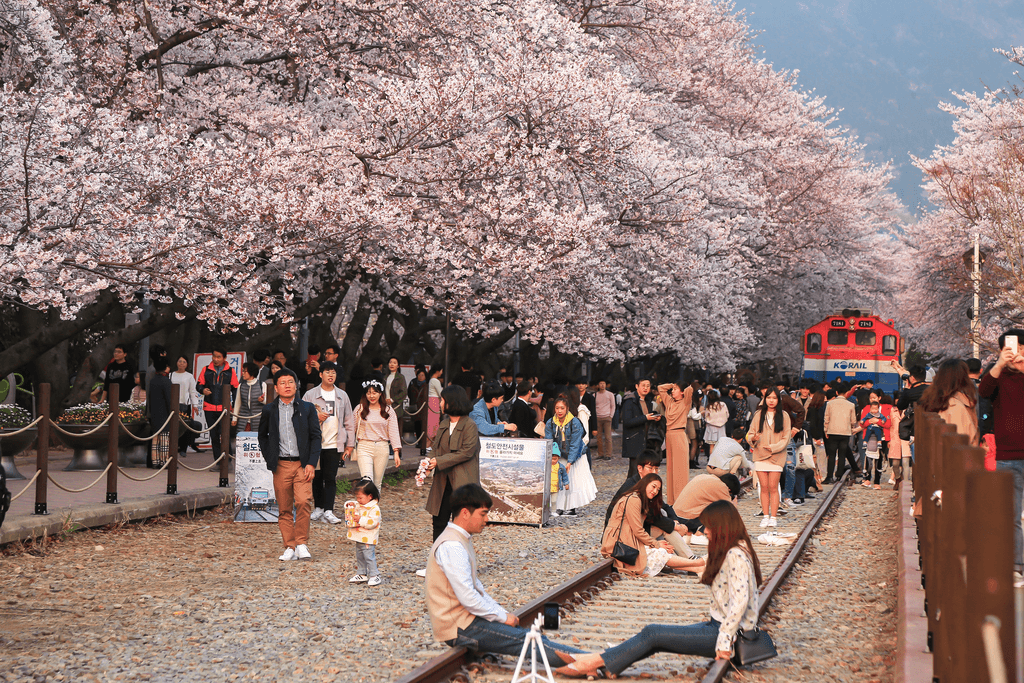novellainstitute.com – Día de los Muertos, or the Day of the Dead, is a vibrant Mexican tradition that honors deceased loved ones with joy rather than sorrow. Celebrated on November 1st and 2nd, the holiday blends indigenous Aztec rituals with Catholic influences, creating a unique fusion of culture and spirituality. Families build ofrendas (altars) adorned with marigolds, candles, and favorite foods of the departed, believing that their spirits return to visit during this time. The celebration is not about mourning but about cherishing memories and keeping family connections alive.
The festival is most famously associated with elaborately decorated sugar skulls and colorful parades featuring people dressed as calaveras (skeletons). Cities like Mexico City and Oaxaca become the heart of celebrations, where streets are filled with music, dance, and storytelling. Each element of the festival carries deep symbolism, from the marigolds, believed to guide spirits home, to the pan de muerto, a sweet bread representing the cycle of life and death. These traditions reflect a profound cultural perspective—one that sees death as a continuation rather than an end.
Beyond Mexico, Día de los Muertos has gained global recognition, influencing movies, art, and festivals worldwide. The celebration teaches an important lesson about embracing life and remembering ancestors with love and gratitude. As more cultures adopt similar practices, the festival serves as a reminder of the universal human connection between past and present, making it one of the most meaningful cultural experiences in the world.





